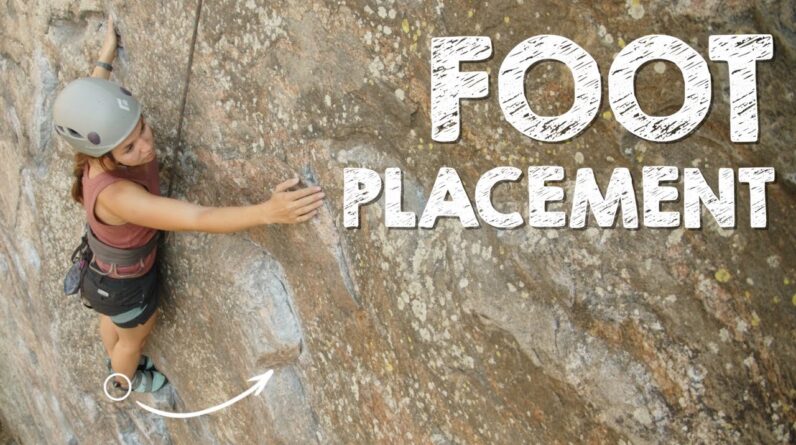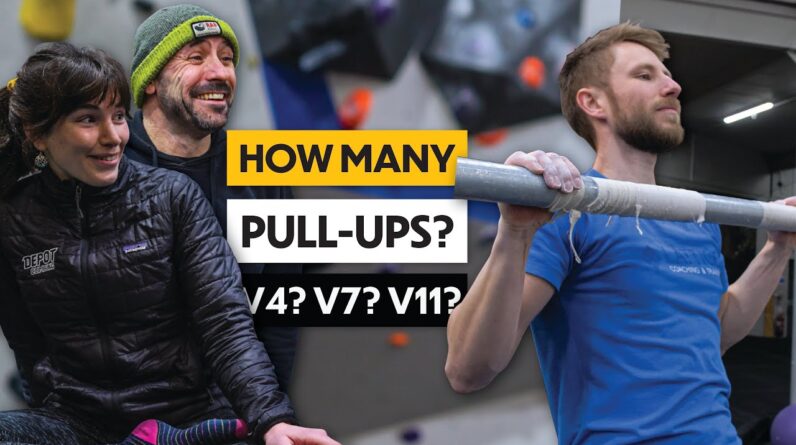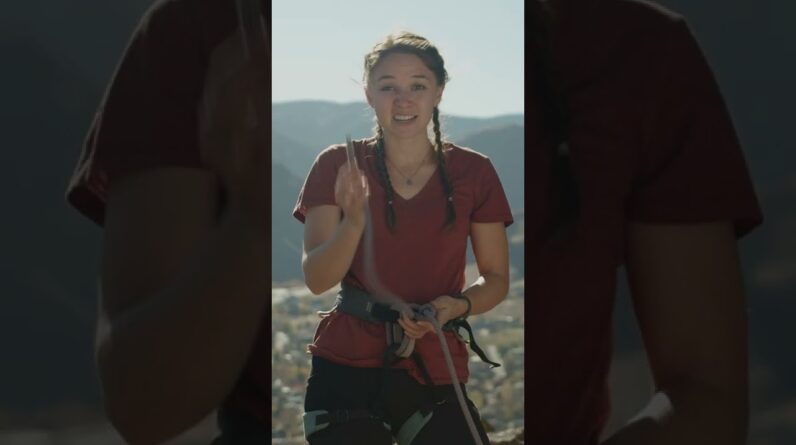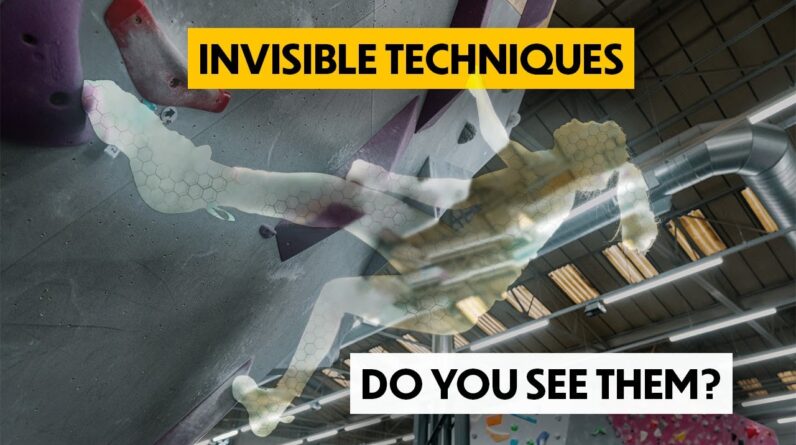
Footwork is the most important element in rock climbing. Stairs have a railing but you don’t pull yourself up the staircase. Ladders have rungs but you don’t do a series of pull-ups to reach the top. Climbing is the same. In order to ascend a strenuous route without falling, you’ll want to rely on your feet for power more than you do your hands.
Today we’re going to be talking about Foot placement I’m your teacher miss Lewis and this is mountain syllabus [Music] Okay so our first term is edging. Edging is probably the most commonly Used type of foot placement this is Where you use the inside or outside edge Of your shoe on the wall because Climbing has really tiny footholds you Won’t be able to fit your whole shoe on It rather you’ll just utilize the inside Or outside edges of your shoe Next up we have smearing Smearing is when there’s not actually Really a foothold on the wall but you’re Still using the friction of your shoe to Keep you on the wall this is a great Calf workout Our next term is step through Step through isn’t really an exact type Of foothold but it’s rather a move that You do with your feet think of when You’re walking you’ve got one foot in Front of the other if you’re doing that On the wall you have your hips towards The wall and you’re able to put one foot Inside of the other kind of like you’re Threading a needle Our next term is back step A back step is the opposite of a normal Step think if you’re walking up the Stairs your knees are coming up in front Of you a back step is when your knee
Kind of starts to go behind you and You’re stepping in the opposite Direction All right next we have a drop knee This is kind of a more dramatic back Step so you have a hole that’s pretty up High kind of near your hips instead of Having your knee all the way up you’re Gonna have your toe on the wall and You’re gonna drop your knee down this Helps to feel more natural your hips can Get closer to the wall and it helps you Be able to climb on difficult terrain Next up is stemming Stemming is when you’re using opposite Forces to keep yourself onto the wall Think about if you were going to climb Up inside of your chimney you would have To push on both sides of the chimney to Help you go up It’s not always that dramatic when You’re climbing on the wall sometimes it Can just be in a corner when you have to Climb up and just use some force to keep Yourself onto the wall it uses your big Leg muscles so it’s a great time to rest Because our legs are stronger than our Arms Next up is flagging Flagging is a fun one think about if Your foot was a flag on the back of your Body you can also think of it like a Monkey tail it’s used to help you keep Your balance on the wall sometimes
You’ll be leaning and all of your body Weight will be on one side and if you Put that other foot out to the side it Helps to stabilize you and keep you Better balanced on the wall Next up is heel hooking This one’s pretty fun this is when Sometimes you can’t put your toe onto a Hold so instead you use your heel you Can utilize the back half of your shoe And the nice rubber there to give you More friction so you can get up higher On a hold than if you could with just Your toes Next up is toe hooking Tow hooking is the opposite of heel Hooking it’s when you put your toe Underneath something tow hooks can help You keep your balance and to stay on the Wall Next up is foot swap This is where one foot is on a hold but The other foot wants to be on it next so There’s a couple of different ways to be Able to transfer your weight from one Foot to the other one way to foot swap Is when you roll one foot off of a hold And your other foot gently rolls on top Of it The next way is when you do a quick Little hop and you take one foot off the Hold and you pop the other foot on this Helps to transfer your weight from one Foot to the other when you want to use
The same hold Next up is a foot match This is where both feet want to be on The same hold maybe one foot’s already Higher and the other foot is going to Come up and they’re going to be friends They’re going to be right next to each Other on the same hold And lastly we have a hand foot match This one kind of is about feet but it’s Also about hands this is where you have Such a high step that your foot is way Up by your hip and maybe your hand is Already there too basically it’s where Your hand and your foot are sharing the Same hold Alright now we’ve learned a little bit More about foot placement i’m your Teacher miss lewis and this is mountain Syllabus






